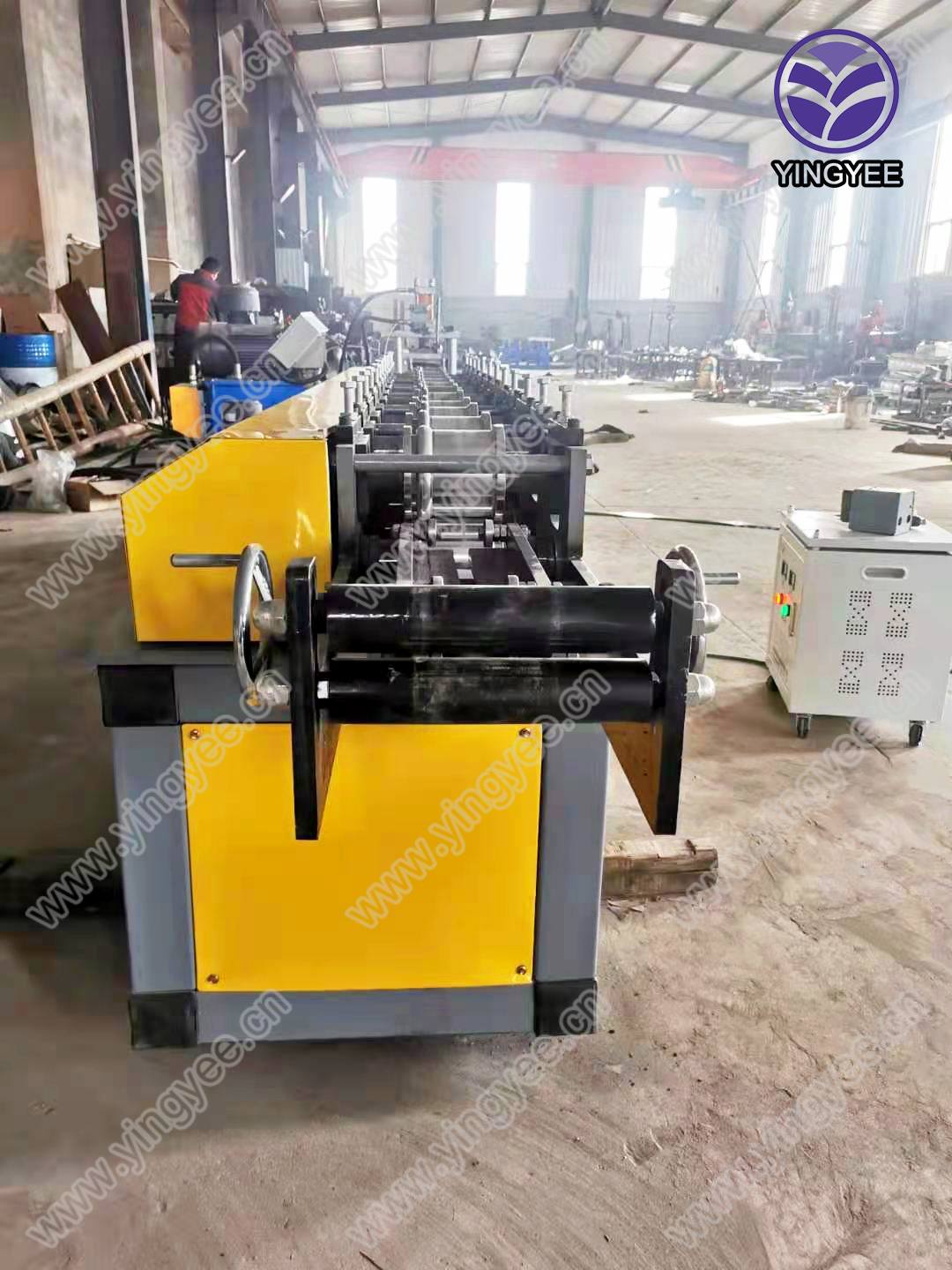
Welding Machines The Backbone of Modern Industry
Welding machines are indispensable tools in various industrial processes, playing a crucial role in the fabrication and construction sectors. From assembling intricate structures in aerospace engineering to mundane repairs in automotive workshops, the versatility and efficiency of welding machines cannot be overstated. This article will explore the different types of welding machines, their applications, and the advancements in welding technology that continue to shape the industry.
Understanding Welding Machines
At its core, welding is a process that joins materials, typically metals or thermoplastics, using high heat to melt the parts together and allow them to cool, forming a strong joint. Welding machines provide the necessary heat through various methods, which can be broadly categorized into several types
1. Arc Welding Machines These machines generate heat via an electric arc. The most common type is Shielded Metal Arc Welding (SMAW), often known as stick welding. This method is favored for its simplicity and effectiveness in various environments, including outdoor and windy conditions.
2. MIG Welding Machines Metal Inert Gas (MIG) welding machines utilize a continuous wire feed to create an arc between the wire and the workpiece. This process is known for its speed and ease of use, making it ideal for novices and more complex projects alike. MIG welding is prevalent in automotive manufacturing and thin sheet metal applications.
3. TIG Welding Machines Tungsten Inert Gas (TIG) welding uses a non-consumable tungsten electrode to produce the weld. This method provides exceptional control over the weld pool, allowing for high-quality and precise welds. TIG welding is often used in industries requiring high standards, such as aerospace and nuclear.
4. Resistance Welding Machines This form of welding includes processes like spot welding and seam welding, where heat is generated through resistance to electric flow. This technique is common in the automotive industry for joining sheet metals due to its speed and efficiency.
Applications of Welding Machines
Welding machines are utilized in a myriad of industries
- Construction In building structures, bridges, and pipelines, welding provides strong, durable joints that are essential for structural integrity.

- Automotive The automotive industry relies heavily on welding machines for assembling vehicles, from the chassis to the intricate components of the engine
.- Aerospace The ability to create lightweight yet strong joints makes welding crucial in aerospace applications, where precision is critical.
- Manufacturing In the manufacturing sector, welding machines are vital for producing machinery, equipment, and consumer goods.
Technological Advancements
As technology progresses, welding machines are becoming more sophisticated, improving productivity and weld quality. Some notable advancements include
- Automated and Robotic Welding Automation in welding processes enhances speed and consistency. Robotic welding systems can perform repetitive tasks with precision, reducing labor costs and increasing throughput.
- Digital Control Systems Modern welding machines come equipped with digital interfaces that allow operators to adjust settings with precision. These systems can also provide real-time feedback, improving weld quality and reducing errors.
- Advanced Materials The development of new welding materials and techniques allows for better compatibility with high-strength and lightweight materials, which are increasingly used in industries focused on efficiency and sustainability.
- Energy Efficiency New welding technologies are being developed to consume less energy, aligning with global efforts towards sustainability. These energy-efficient machines not only reduce operating costs but also lessen the environmental impact of welding operations.
Conclusion
Welding machines are a fundamental component of contemporary manufacturing processes across many industries. Their ability to produce strong, reliable joints makes them essential for construction, automotive, aerospace, and various other sectors. As technology continues to evolve, welding machines will become even more efficient and capable, driving innovations that will shape the future of industrial production. With the ongoing focus on quality, safety, and sustainability, the role of welding machines will only grow more significant in the years to come. Embracing these advancements will help industries meet the demands of a changing market while ensuring the integrity and longevity of their products.